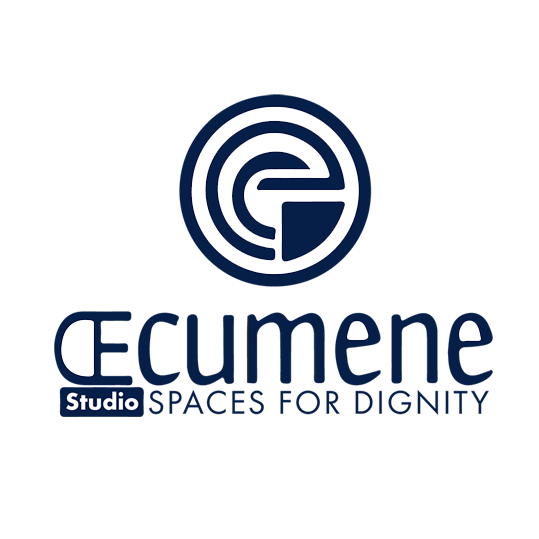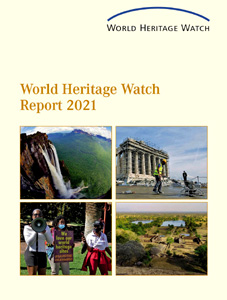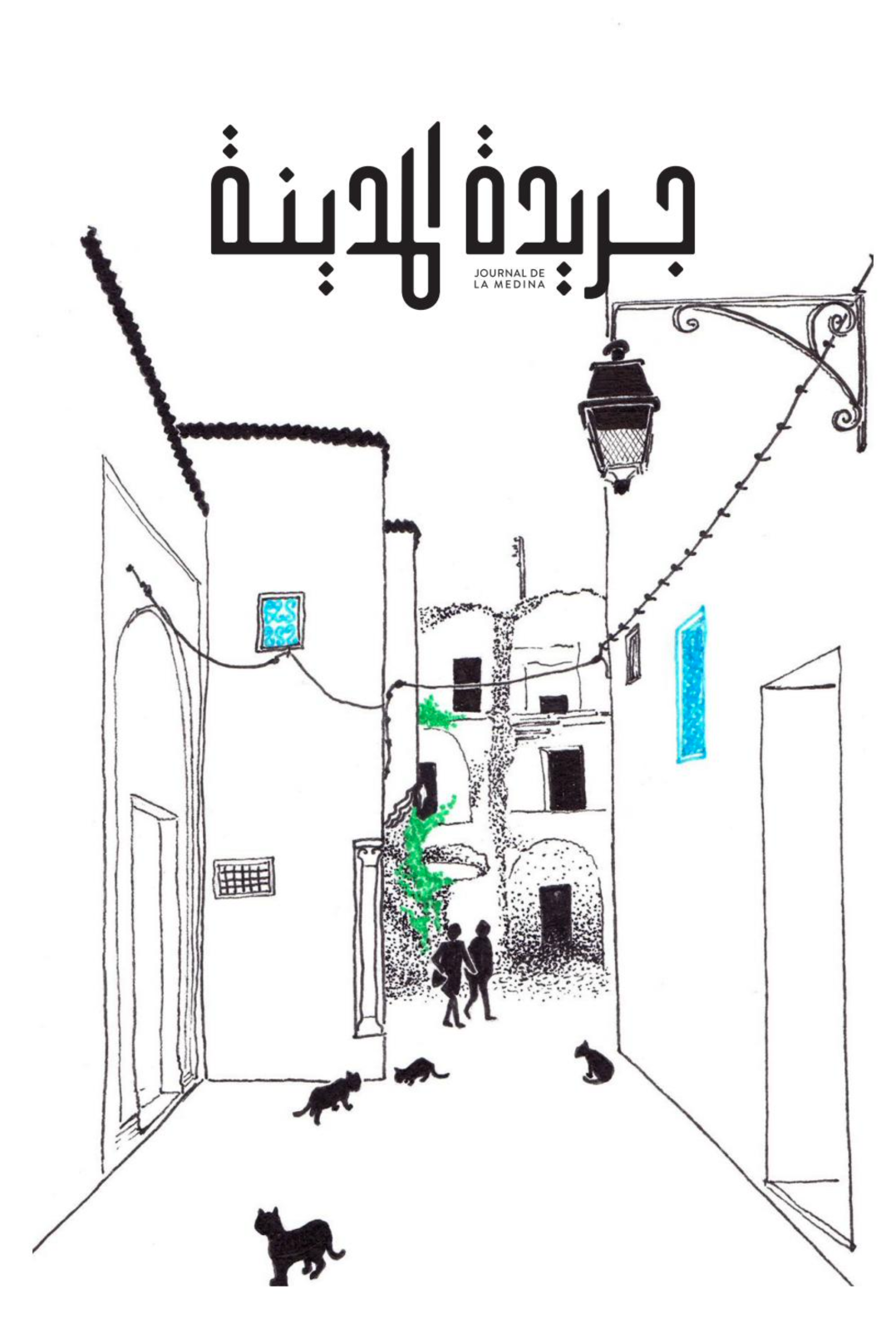COMMUNITIES CO-DESIGNING and CO-BUILDING – CROWDSOURCING DATABASE Click on + Add + Share – ناس و مساحات قاعدة بيانات الاستعانة بالمصادر الجماعية
Empowerment Through Tools, Platforms, Ideas, Knowledge, and Reading! Your contribution matters. Please ensure no duplication and thank you for enriching our community.
Participate







